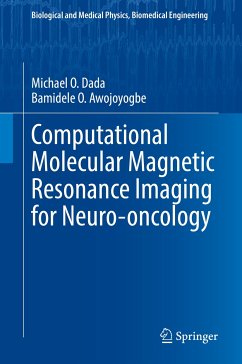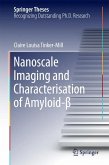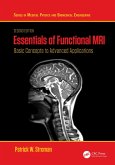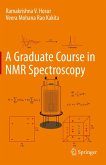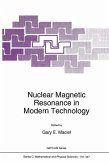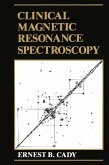Based on the analytical methods and the computer programs presented in this book, all that may be needed to perform MRI tissue diagnosis is the availability of relaxometric data and simple computer program proficiency. These programs are easy to use, highly interactive and the data processing is fast and unambiguous. Laboratories (with or without sophisticated facilities) can perform computational magnetic resonance diagnosis with only T
1 and T
2 relaxation data. The results have motivated the use of data to produce data-driven predictions required for machine learning, artificial intelligence (AI) and deep learning for multidisciplinary and interdisciplinary research. Consequently, this book is intended to be very useful for students, scientists, engineers, the medial personnel and researchers who are interested in developing new concepts for deeper appreciation of computational magnetic Resonance Imaging for medical diagnosis, prognosis, therapy and management of tissue diseases.
Dieser Download kann aus rechtlichen Gründen nur mit Rechnungsadresse in A, B, BG, CY, CZ, D, DK, EW, E, FIN, F, GR, HR, H, IRL, I, LT, L, LR, M, NL, PL, P, R, S, SLO, SK ausgeliefert werden.

